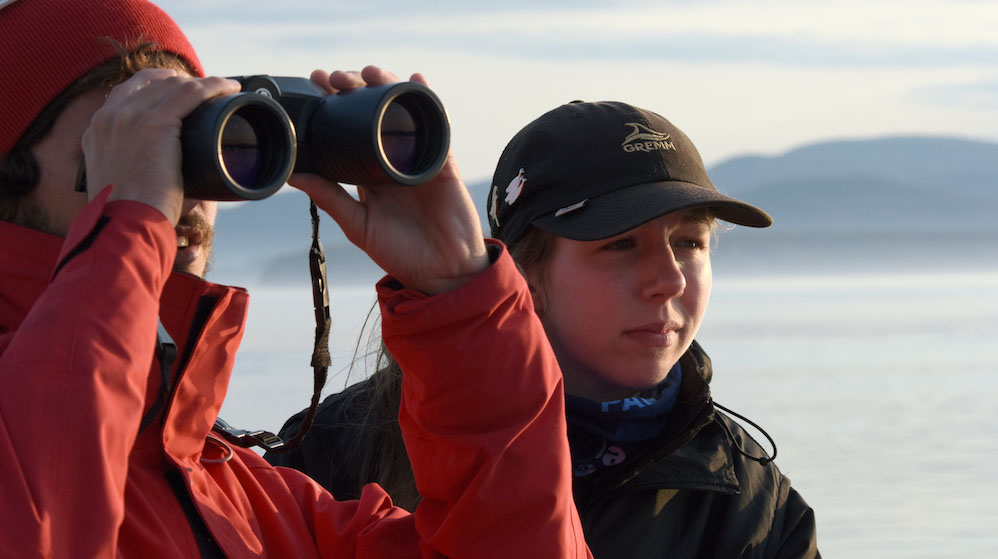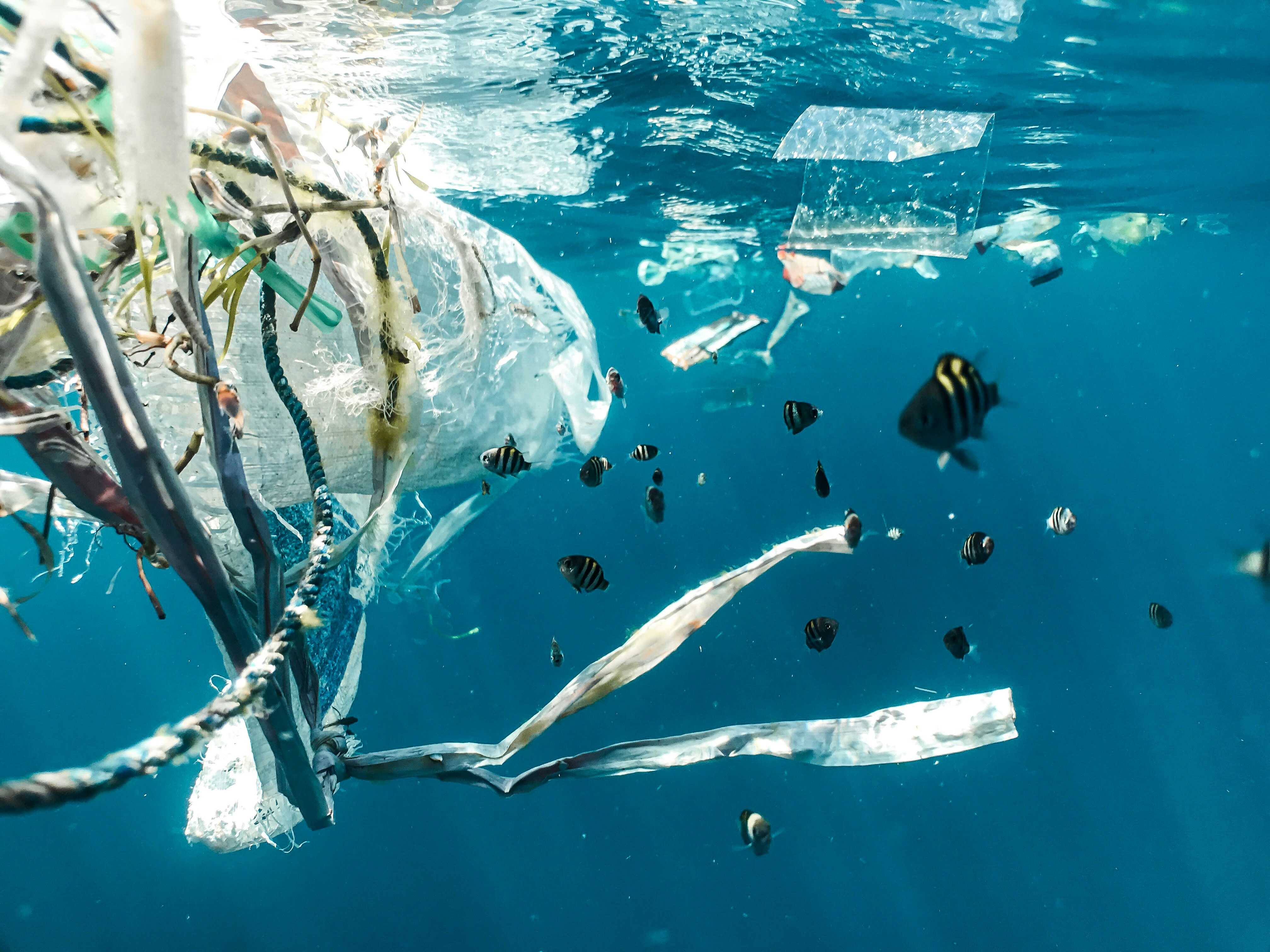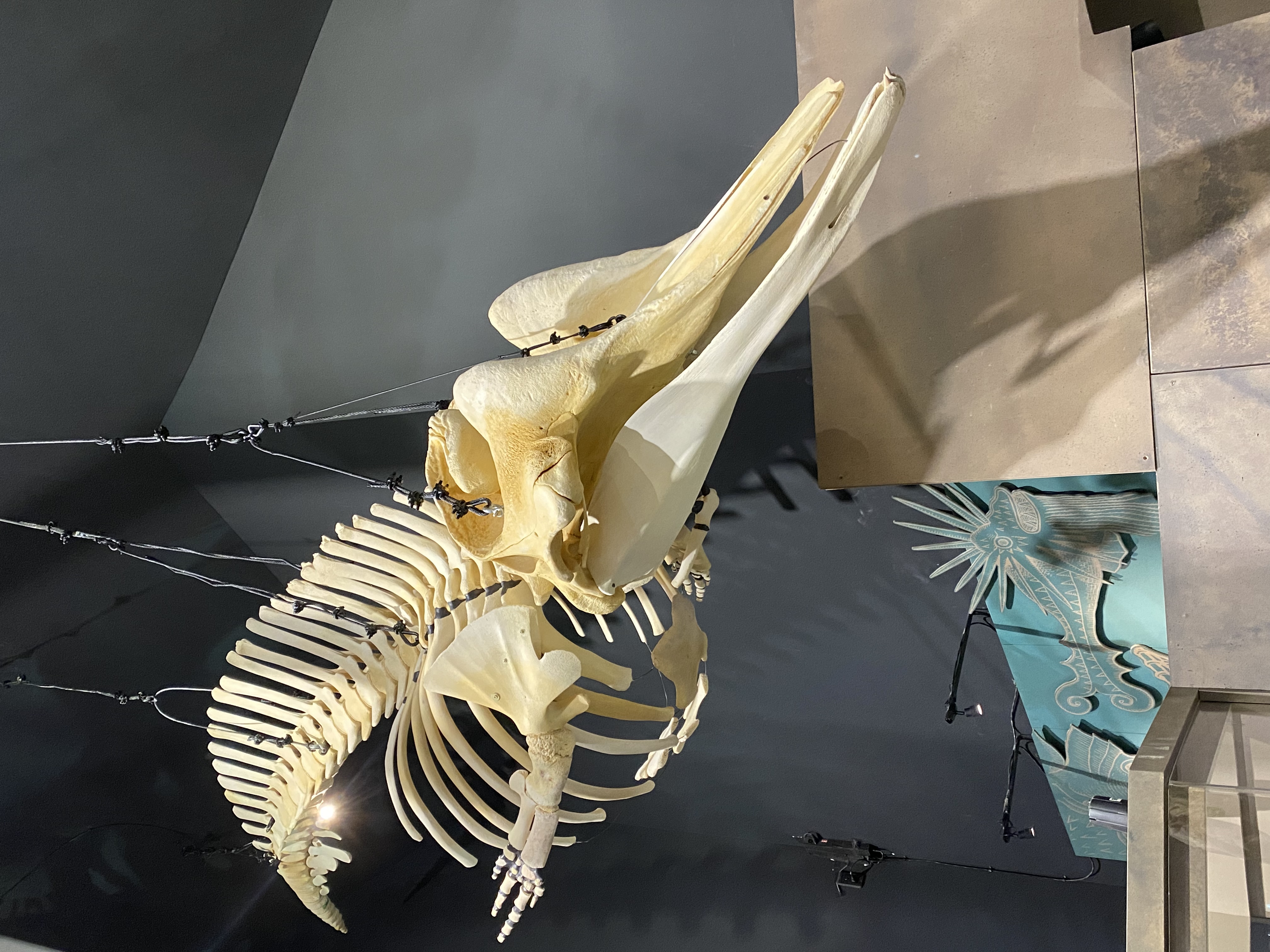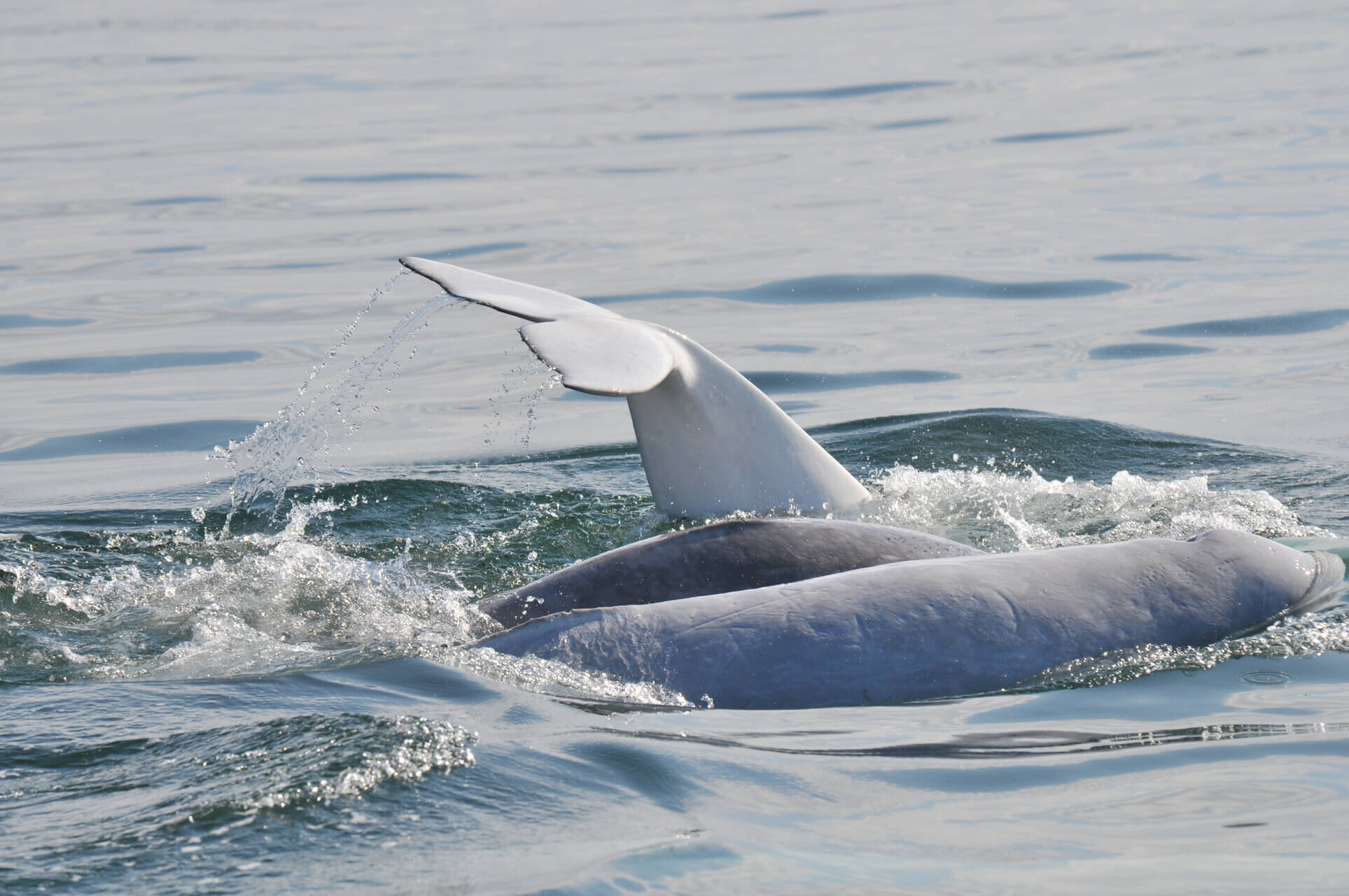As part of St. Lawrence Week, Whales Online offers a glimpse of species that have a special meaning for each of our authors. A memory, a photo, a quote, a story. Every encounter with whales leaves an impression. Today, Marie-Ève presents the minke whale and its many names.
A.k.a. “Pike Whale”
Balaenoptera acutorostrata. The whale with the pointed rostrum. This is the scientific name of the minke whale, the smallest of the baleen whales. When a whale breaches and before it crashes into the water, people sometimes call out “pike whale!” No, it’s not a fish, but a whale with a tapered snout. The shape of its rostrum has also earned it the nickname “sharp-headed whale”.
Its official name stems from a fishing story. The story goes that in the early 20th century, aboard a Norwegian vessel, a whaler named Meincke misidentified a minke whale as a blue whale. It is said that the crew subsequently teased the whaler so much by calling the whales they encountered “Meincke’s whales” that the name stuck, across languages and countries.
Lastly, due to its small size (6 to 10 m; it’s all relative!), the species is sometimes called least rorqual, lesser rorqual, lesser finback, little finner whale. It is still four times larger than a porpoise, but three times smaller than a fin whale!
To read the previous text: The St. Lawrence Week
Marie-Ève Muller is responsible for GREMM’s communications. As Editor-in-Chief for Whales Online, she devours research and has an insatiable thirst for the stories of scientists and observers. Drawing from her background in literature and journalism, Marie-Ève strives to put the fragile reality of cetaceans into words and images.





